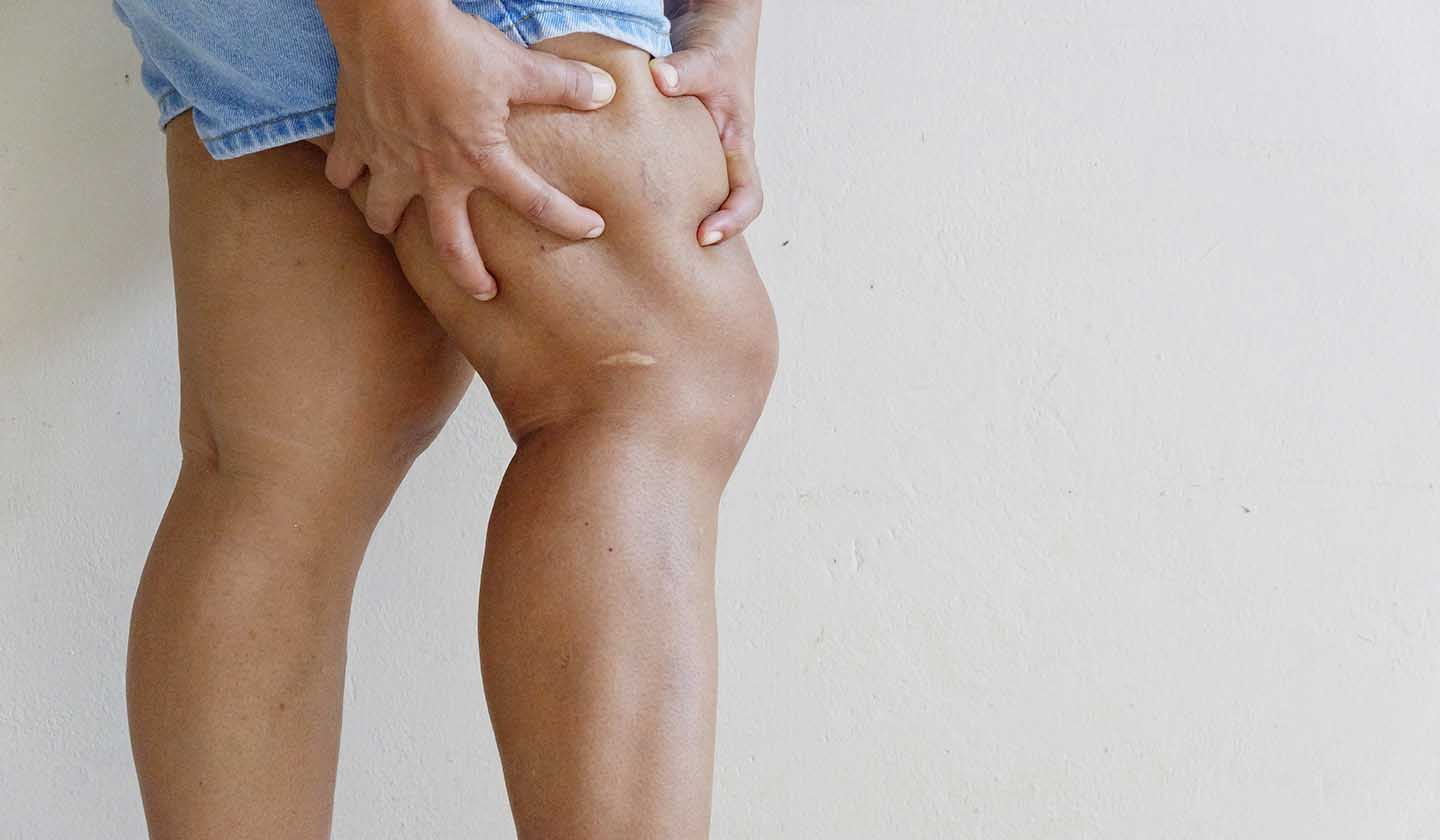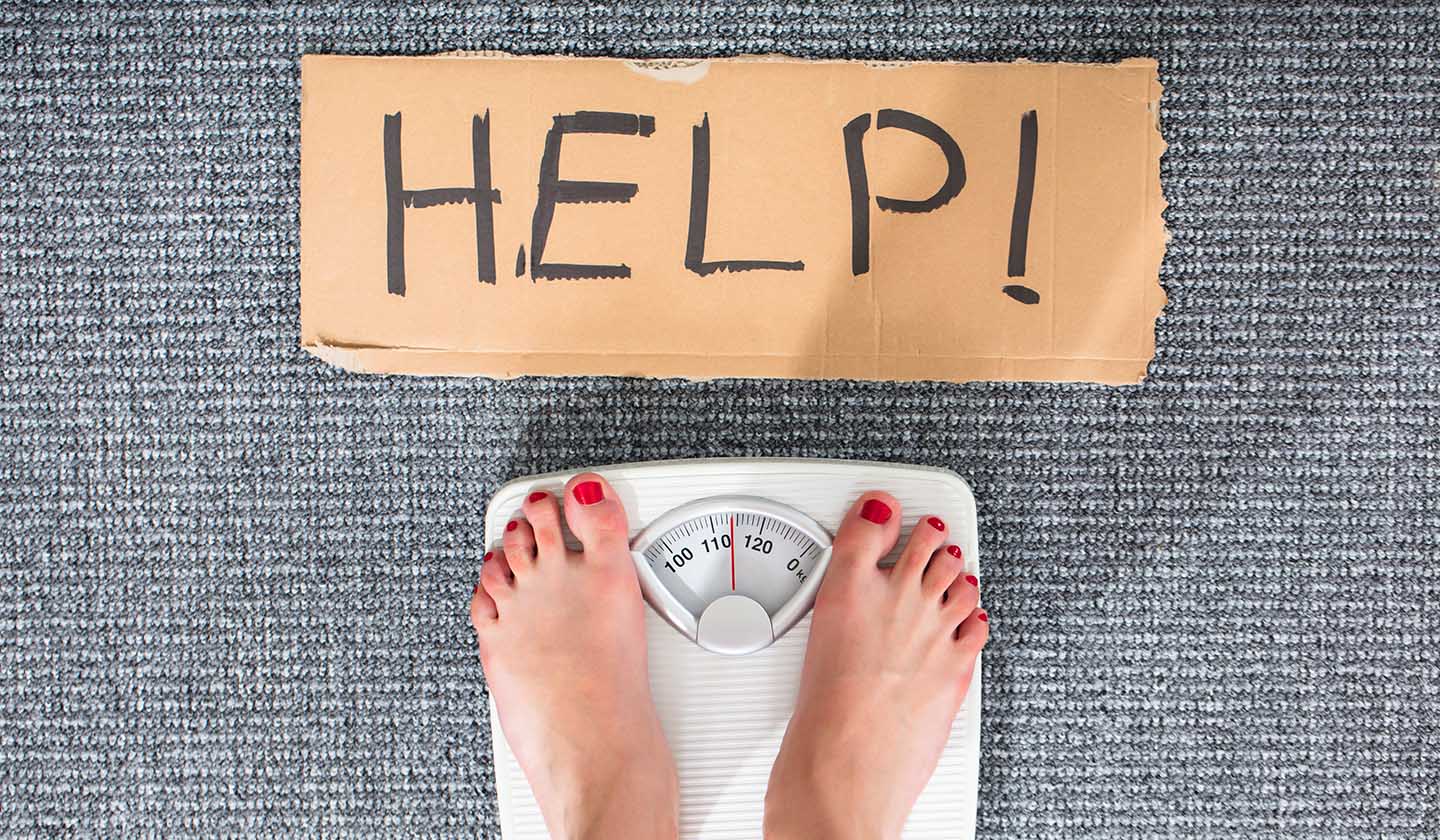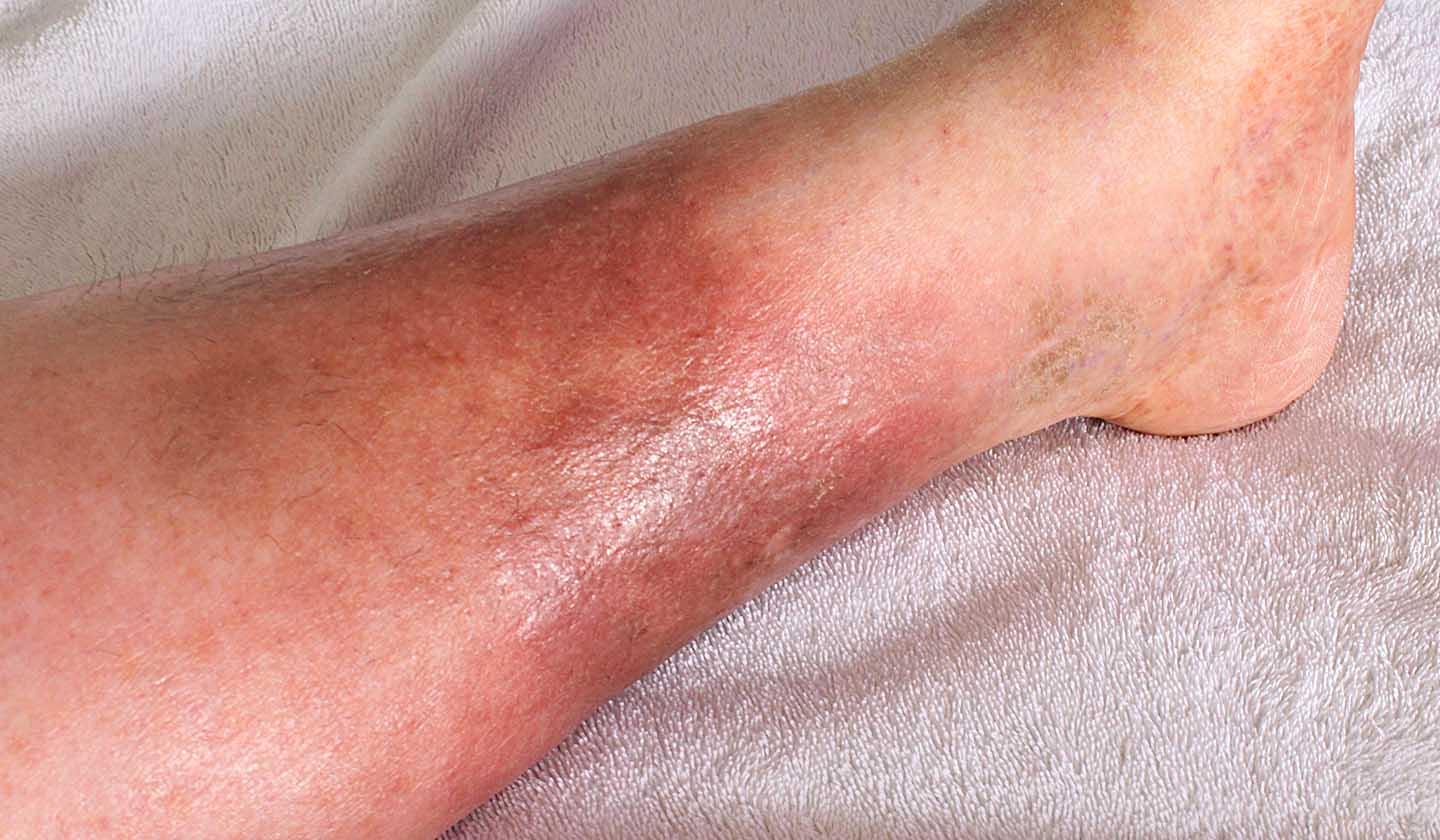Cardiovascular system
How to combat that feeling of heavy and tired legs?

Chronic venous insufficiency (CVI) occurs when the valves that exist in the veins are not working effectively, causing a malfunctioning of the venous system, which may or may not be associated with obstruction of the venous flow.
CVI is considered a chronic and progressive disease that is likely to get worse over time, being a disability factor and resulting in an impaired quality of life for those affected.

Risk factors:
CVI can have several associated causes:
- Gender - affects women more than men
- Heredity - family predisposition, that is, genetic factors
- Hormones - hormonal changes, such as menopause, pregnancy and oral contraception increase the risk
- Age - prevalence increases with age
- Personal history - existence of previous CVI can lead to new episodes
- Prolonged immobilisation - standing still, standing, or sitting for a long time (for example, at work, while travelling) makes it difficult for blood to return to the heart
- Warm environments - exposure to extremely hot temperatures, such as sun exposure, waxing with hot wax, saunas, and whirlpool baths, aggravate symptoms
- Smoking - tobacco impairs blood flow
- Sedentary lifestyle - lack of physical exercise
- Unbalanced diet - overweight (obesity) and constipation can lead to an increase of the blood pressure in veins

Signs and symptoms
CVI, that is, the feeling of heavy legs can get worst over time, with complications such as: pain, permanent swelling, itching, skin colour changes in the legs and cramps.

Consequences
Failure to treat and symptom underestimation can have severe consequences, such as:
- Oedema - swelling
- Blood vessel leakage - small blood vessels that become visible in the legs, thighs, or ankles
- Varicose veins - dilation of the veins, which can lead to varicose ulcers difficult to heal and to dermatitis, reddish skin lesions that cause itching
- Phlebitis - more advanced stages of the disease which increases the risk of vein clogging and may give rise to Deep vein thrombosis and Pulmonary thromboembolism.

Prevention/care to be taken
Preventive measures include:
- Hydration - drink plenty of water (> or = 1.5L);
- Balanced diet: rich in fibre (such as, vegetables) and low in fats (such as, butter, pork meat)
- Practice physical exercise - walking, swimming, cycling
- Avoid crossing your legs when sitting
- Reduce excess weight, in case you are overweight
- Avoid hot baths - a cold shower on your legs activates the functioning of the veins and relieves the pain and the feeling of heavy legs
- Reduce sun exposure - for instance, walking by the sea
- Avoid wearing tight clothes - wear comfortable and loose clothing and try to avoid wearing skinny pants, elastic stockings, or tight belts
- Wear comfortable shoes - do not wear high heels, as they reduce the foot support surface, nor flat shoes without heels, as that increase that surface too much; heels should ideally be 3 to 4 cm high
- Have a rest with your legs slightly raised - for instance, raise the foot of the bed 10 to 15 cm before going to sleep
Treatment
The feeling of tiredness and heavy legs affects considerably the quality of life. Therefore, in order to control risk factors and prevent CVI, the following treatments can be helpful:
- Venotropic drugs promote venous tonicity, prevent swelling and improve circulation (for example, bioflavonoids)
- Topical products (cream/gels or lotions) improve blood circulation to the heart and can be used while massaging your legs, from toes to upper thigh, for instance: sodium pentosan polysulphide, arnica, Indian pennywort, other
- Food supplements: in combination with other treatment or isolated may promote a heathier venous system. The most used are arnica, horse chestnut, Indian pennywort, other
- Compression stockings - these stockings help prevent venous problems through compression
- Sclerotherapy - technique used to dry small varicose veins through the injection of a chemical agent into the vein (this should be performed by the doctor)
- Surgical treatment of varicose veins - at the level of medical intervention, there are different techniques that must be adapted to each type of patient.
Sources
iSaúde
Farmácia Distribuição Magazine
Também lhe poderá interessar
Digestive system
First, to keep the bowels healthier and then to reduce symptoms
Cardiovascular system






